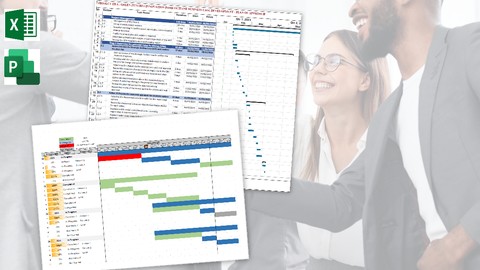Business Analysis Professional (ECBA/CBAP) (PBA)
Loại khoá học: Operations
The Business Analysis Certification Program (IIBA - ECBA) - Concepts, Tools and Competencies
Mô tả
Ready to redefine your business analysis journey and clinch the sought-after IIBA-ECBA certification? Look no further! This premier course, diligently designed in sync with IIBA's BABOK Guide, becomes a launchpad to excellence. Here's why embarking on this transformative program is a game-changer:
Immerse in BABOK Knowledge: Delve deep into the BABOK Guide, ensuring proficiency in the latest industry standards. Not only will learners fathom the intricate nuances of the Business Analysis Body of Knowledge, but they'll also master the vital techniques and competencies.
Preparation for IIBA-ECBA Certification: Whether starting in business analysis or being a seasoned professional, this program primes participants for the IIBA-ECBA exam. Expect a detailed exploration of the core knowledge areas and an understanding of the essential competencies.
From Theory to Application: This course goes beyond theoretical knowledge, emphasizing real-world applicability. Instead of just memorizing theories, participants discern their practical implementations, ensuring readiness to navigate diverse business challenges adeptly.
Comprehensive Course Content: Access over 32 hours of on-demand video lectures, undertake 2 rigorous practice tests, engage in thought-provoking assignments, navigate through 93 enlightening articles, and tap into 530+ downloadable resources. Enjoy flexibility in learning with options like mobile and TV access and lifetime course privilege.
Guidance from Industry Experts: Benefit from insights shared by BA experts boasting years of industry experience. Harness their knowledge, advice, and strategies to maximize the business analysis journey's success.
Join a Growing Learner Community: With an impressive tally of over 2,000 5-star reviews, this course has shaped the BA careers of 12,000+ participants. Engage, interact, and grow within a community of enthusiastic learners.
Don’t let this unmatched opportunity pass by. Amplify business analysis skills, attain a globally recognized certification, and access a world of promising career avenues. Sign up and set a course towards IIBA-ECBA certification brilliance!
Bạn sẽ học được gì
Understand foundational principles of business analysis and its significance.
Master techniques to elicit, analyze, and document requirements.
Build effective communication strategies with diverse stakeholders.
Learn to assess and validate solutions to ensure alignment with business needs.
Gain hands-on proficiency with popular BA tools for data modeling and analysis.
Equip with essential knowledge to confidently tackle the IIBA - ECBA exam.
Yêu cầu
- Prior business or IT experience is helpful, but not obligatory.
- A computer with internet for accessing course material and BA software tools.
- Ability to think critically and analyze information is advantageous.
- Passion for diving deep into business processes and problem-solving.
- Whether a novice or experienced, our course is tailored to accommodate all levels.
Nội dung khoá học
Viết Bình Luận
Khoá học liên quan

Đăng ký get khoá học Udemy - Unica - Gitiho giá chỉ 50k!
Get khoá học giá rẻ ngay trước khi bị fix.


















Đánh giá của học viên
Bình luận khách hàng